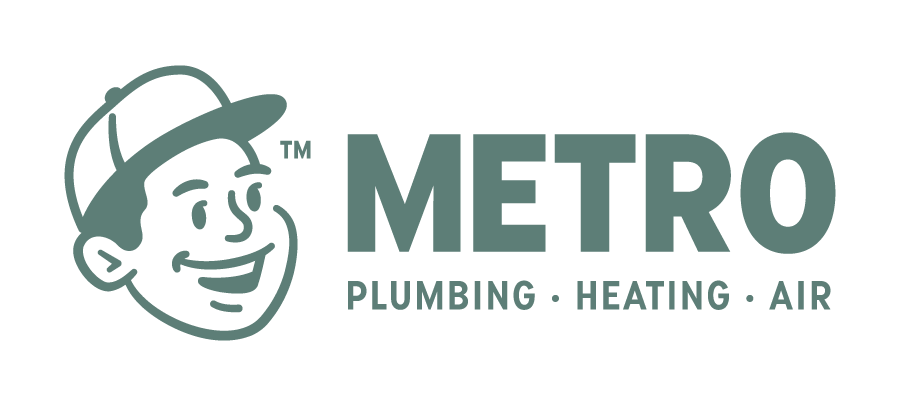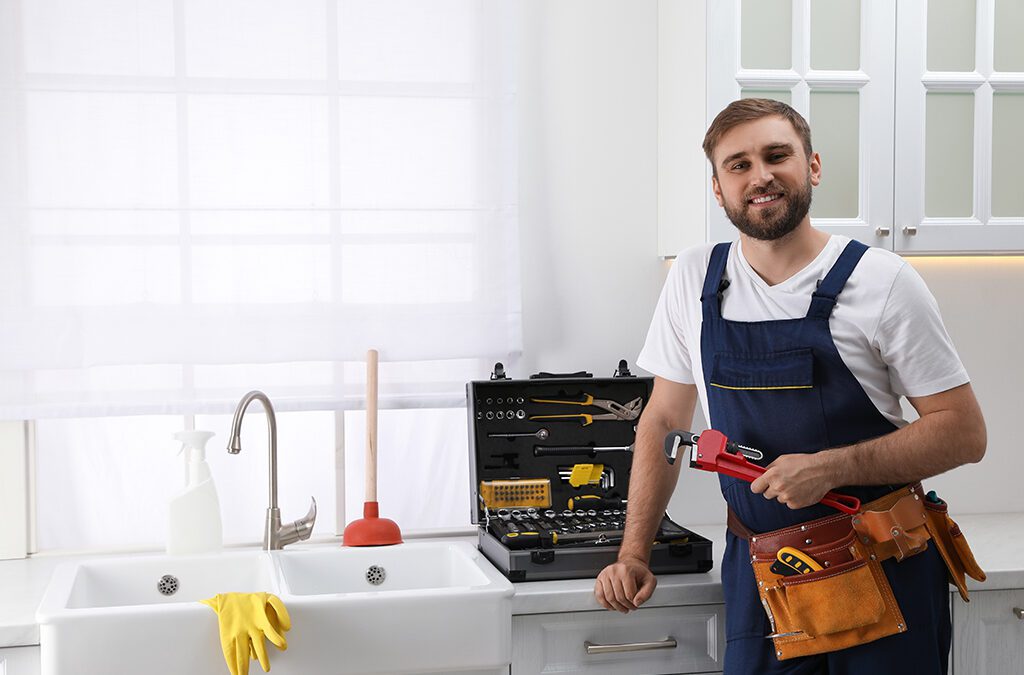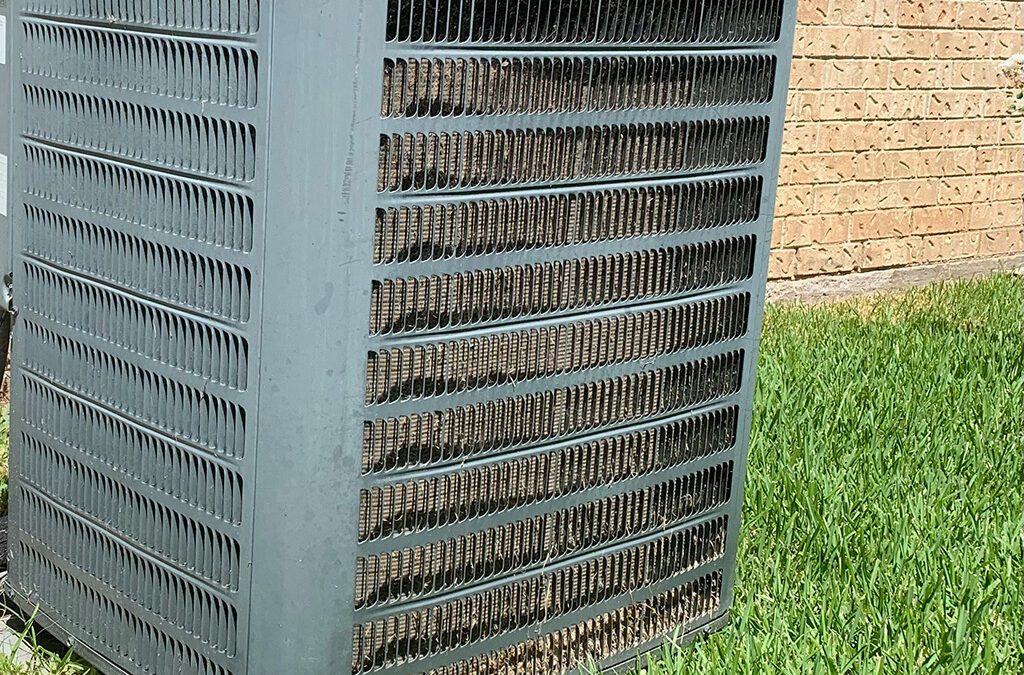Bottled water, faucet filters, and whole-home water filters are standard in home across the country. These filters remove contaminants, pollutants, heavy metals, and help to clean up the flavor of your water. You should be just as concerned about the air in your home as you are your water. As filthy as water can become while travelling through pipes, air can become just as foul. Healthy indoor air requires a clean filter, and making sure that the filter you use fits your needs is essential.
Function
So what does a filter do? For your ventilation system, it removes air pollutants, particles, dust, pet dander, and anything else that you don’t want to breathe in. Anything light enough to stay airborne is a potential contaminant. This includes airborne contagions and infections. A good filter will reduce the impact of allergens and infections, giving you clean, healthy air at all times.
All filters are listed by a Minimum Efficiency Reporting Value (MERV). This value represents just how well the filter does its job. A higher rating means that your filter will remove even more pollutants from your indoor air. If you have issues with allergies, or other respiratory problems, a filter with a high MERV rating is the one you want.
Types
Fiberglass – These are the most common filters on the market. They’re inexpensive, easy to replace, and last roughly 3 months before needing to be replaced.
Polyester – Polyester filters are the pleated filters you may have seen in your car. They cost a little more than fiberglass filters but are far more effective. By increasing the surface area of the filter, you increase how many particles can be caught within the ventilation system. This improves airflow and keeps your air clean and clear.
Electrostatic – While not as common as other types of filters, electrostatically-charged cotton filters use a static charge to help trap floating particulates as they travel through your vents.
HEPA – High Efficiency Particulate Arrestance filters are the premiere filter available. HEPA filters are amazing when it comes to removing airborne contaminants from a building. Due to their size and cost, however, they are usually found in industrial buildings, hospitals, and clean rooms. Installing a HEPA filter in your home requires a specially designed ventilation system to accommodate the filter’s large size.
Washable – If you’d rather save some money on filter replacements, a washable filter is for you. That is, if you’re not overly sensitive to dust and air contaminants. Washable filters are reusable and can be cleaned instead of replaced. It does this at the cost of quality, since washable filters are almost always less effective at filtering air.
How to Replace
Most air filters need to be replaced every 3-6 months. This varies based on use of course. If you’re noticing an increase in how often you need to dust (or find yourself sneezing vigorously), it’s time to replace that filter.
Open the vent for your central heating and cooling unit and remove the filter. The filter itself should list what size it is somewhere on the frame. When you go to buy a new filter, make sure it’s the right size for your unit.
Select your replacement and insert the new filter with the arrow pointing towards your furnace (or air conditioner). This is extremely important as the arrow indicates the direction air needs to flow through. Placing a filter in incorrectly will force your system to work harder to move air through your home.
It’s a good idea to write the current date on your new filter. The next time you need to replace it, you’ll know how long it’s been and can be sure that a replacement is required.
Need a a ventilation inspection or air flow improvement? Metro Plumbing, Heating, and Air Conditioning is the service company you want! Call us today at (423) 616-1025!



